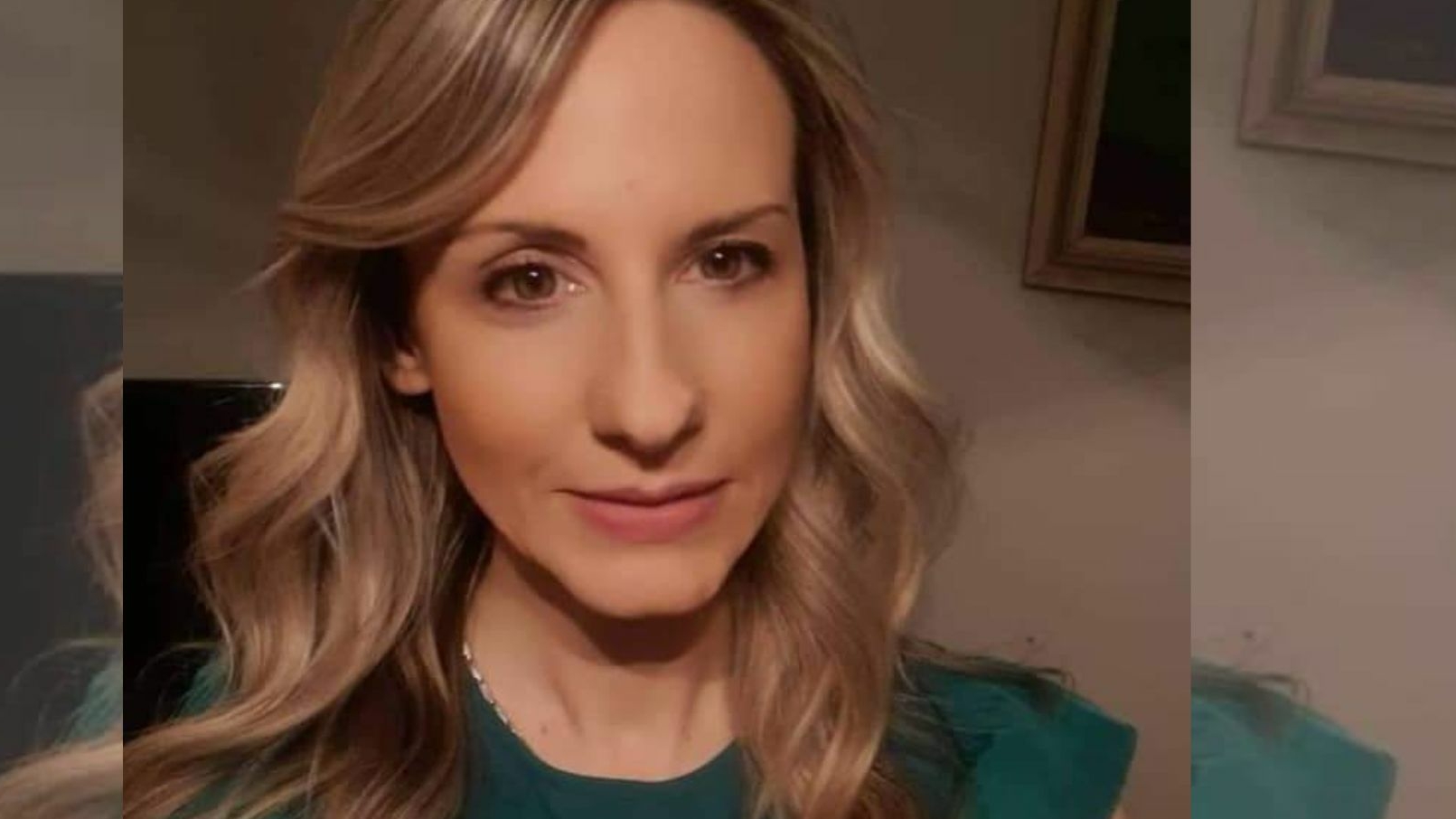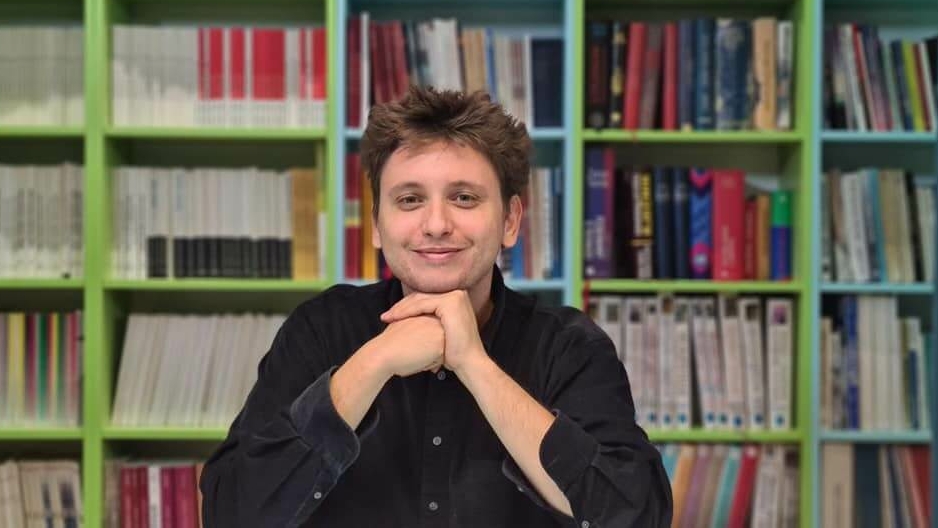Aleksandra Kolaković, a senior research associate at the Institute for Political Studies, edited the latest issue of the journal Culture with the topic of culture and diplomacy. The journal was promoted at the end of June at the Institute for Cultural Development Research in Belgrade, and, along with Aleksandra Kolaković, the speakers were Siniša Atlagić of the Faculty of Political Sciences and Slobodan Selinić, a scientific advisor at the Institute for Recent History of Serbia.
In a conversation for P-portal, Aleksandra Kolaković talks about the concept and idea that guided her in preparing this interesting thematic issue of the journal for theory and sociology of culture and cultural politics. She also talks about the relationship between culture and diplomacy in this region in the past and about distinguished individuals, and she reveals the potential of cultural politics and the possible direction of its development today.
What texts and ideas does the new issue of the journal Culture bring?
The primary idea of the new issue of the journal Culture is to advance the research of cultural diplomacy and to initiate new research. The aim is also to provide guidelines to the creators of cultural diplomacy strategies and decision makers at the state level based on 11 scientific papers. Ljiljana Rogač Mijatović studied the development of the agenda of EU cultural diplomacy, while Siniša Atlagić, Dragan Trailović and Mladen Lišanin focused on the achievements of cultural diplomacy of the global powers – Russia, China and the US – in the Balkans and Serbia. The authors gave concrete examples, compared activities in Serbia and the region, explained the instruments of cultural diplomacy and clarified the different understandings of cultural diplomacy and its applications, especially with regards to the relation between the so-called soft and hard power. Nevena Daković and Aleksandra Milovanović shed light on the field of television shows as Serbia’s soft power through the example of the show Balkan Shadows. Jelena Todorović wrote about the role of collections and collecting in building the image of a country, while Tijana Bugarski and Lolita Pejić discussed the work of the Gallery of Matica srpska, the eminent cultural institution, in the context of the development and strengthening of Serbia’s cultural diplomacy.
Diplomacy and literature – especially the fight to have Ivo Andrić receive the Nobel Prize – the dispute over culture and language with Bulgaria and the efforts to use nonaligned foreign politics to strengthen literary themes are the topics of Slobodan Selinić’s work, while the sixtieth anniversary of the conference of nonaligned countries in Belgrade was the subject of Nemanja Radonjić’s work. The analysis of the discrepancy between the decreased development of amateur choirs and the increased use of this practice in the cultural diplomacy of socialist Yugoslavia was the work of Ivana Vesić. The thematic issue ends with my work on scientists and cultural (scientific) diplomacy, and its aim is to recommend that the term “scientific diplomacy” be introduced into Serbia’s strategic documents.
The historical significance of scientists in diplomacy
How much did you deal with the history of cultural diplomacy and culture in our region?
In addition to a contemporary review of cultural diplomacy, the authors Selinić, Radonjić and Vesić worked on the subject through the prism of historical experience. These works are based on archival documents, scientific literature and journalistic pieces. They are a testimony about the history of Yugoslav cultural diplomacy but also a good lesson for current strategies. In the first part of my work in this issue, I wanted to highlight the historical importance of scientists in diplomatic initiatives, both in the period of the uprisings against the Ottoman rule, in the Kingdom of Serbia and in the Yugoslav states. This is a theme that has been precious to me since I started writing my doctoral dissertation about French and Serbian intellectuals and later explored the history of France’s cultural diplomacy in the Balkans.
When it comes to the history of cultural diplomacy in our region, Serbs from Croatia had an especially important role in it?
Serbs in the region and diaspora were and are the first image of Serbia. In the past and today, individuals have been that important link in cultural diplomacy. Scientists, artists and writers communicate in a specific way and have been, consciously or not, actors of cultural diplomacy. I will mention Nikola Tesla and Milutin Milanković, whose “stars” still have their brilliance, perhaps even more important for questions of identity, culture and politics today than in the past. At the same time, they are very important for the country’s image. It is important for Serbia to always recognize individuals in the country and beyond that have knowledge and an affinity for diplomacy.
Multilateralism – the field of future activity
In the announcement of the promotion of the journal Culture, it was said that establishing, developing, maintaining and advancing a country’s foreign relations through culture, art, sport, science and education in new circumstances has new tasks. What are those tasks? Generally, what is the relationship between culture and diplomacy today?
Musicians have revealed to me that it is very demanding to combine the violin and piano, those two wonderful instruments, in an orchestra. When they do fit in, together they build wonderful music whose impression lasts. I would compare the relationship between culture and diplomacy to the relationship between these two instruments and the desire to combine them into a complex but useful system. Establishing, developing and advancing foreign relations is always a complex process that takes time. However, today, when the development of transport, infrastructure and new technologies has shortened distances, we have more possibilities to achieve the aims of cultural diplomacy. Along with respecting the traditional framework and the insistence on authenticity, cultural diplomacy in the new circumstances must prepare us for what comes after the changes in international relations that we are witnessing. Along with trans- and intercultural cooperation, multilateralism is the field of future activity.
You also stated that cultural diplomacy, as a part of public diplomacy and a way of building soft power, is especially important for a culture and country such as Serbia. In what sense?
In times of big changes in international relationships, it is important to understand events and predict their development as well as to build positive images of your country and nation. This is especially true for small countries about which there are still negative notions from the end of the 20th century. Serbian history, culture, tradition and areas such as science and innovation are valuable but still unknown to the world. And Serbia needs them in its search for economic and political partnerships. The strengthening of cultural diplomacy is also important for European integrations. Guideposts for planning and improving Serbia’s cultural diplomacy strategies exist. In addition to this thematic issue of the journal Culture, I will mention that an international scientific conference on cultural diplomacy and relations and the strengthening of fair collaboration, diversity and dialogue was held at the beginning of June at the University of Arts in Belgrade. It also announced the master’s program in cultural diplomacy. I expect such initiatives to result in great achievements of Serbia’s cultural diplomacy in the future.
What is the situation with cultural diplomacy in the region like?
There are various types of cultural representation and cultural exchange used by all the countries of the region. However, most of them need to improve their cultural diplomacy for it to achieve its goals, which are not only the promotion of a country’s culture, the building of a positive image of the country and, of course, the attainment of foreign policy goals. Cultural diplomacy is a field where mutual understanding and cooperation are realized. In the example of the Balkans, we are witnesses to the fact that the image of all the countries for centuries has been such that we must constantly fight what Marija Todorova wrote about in Imagining the Balkans – the notion of “balkanization.” It seems that each generation proves anew that we are a part of the civilized world, that we have rich cultures and values which are a part of European and world heritages. Perhaps it is time to present ourselves together with our neighboring countries and come up with joint campaigns of cultural diplomacy. At the same time, that means we have to strengthen our cultural diplomacy strategies and adapt them to current trends.
Translation from Croatian: Jelena Šimpraga








